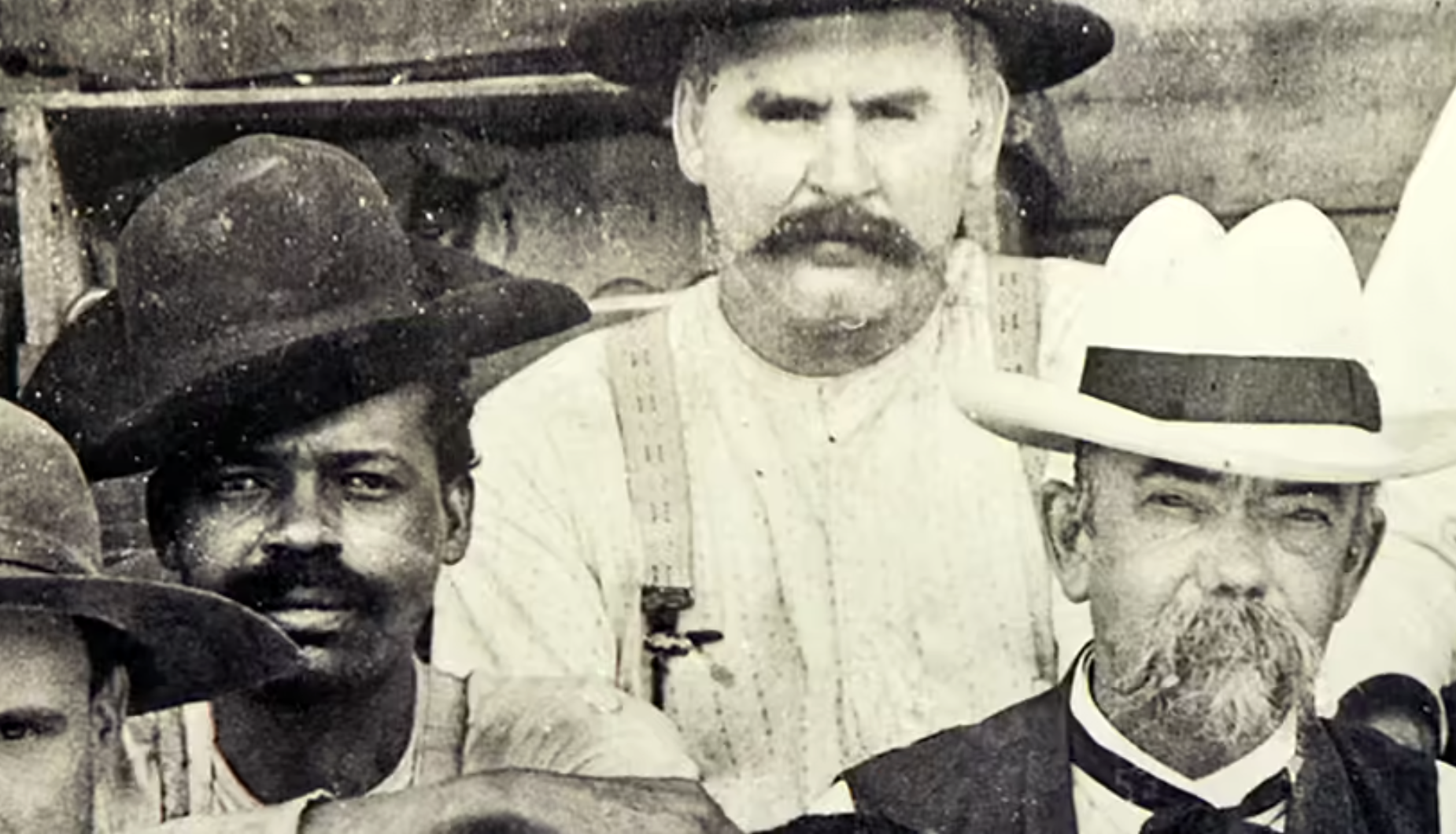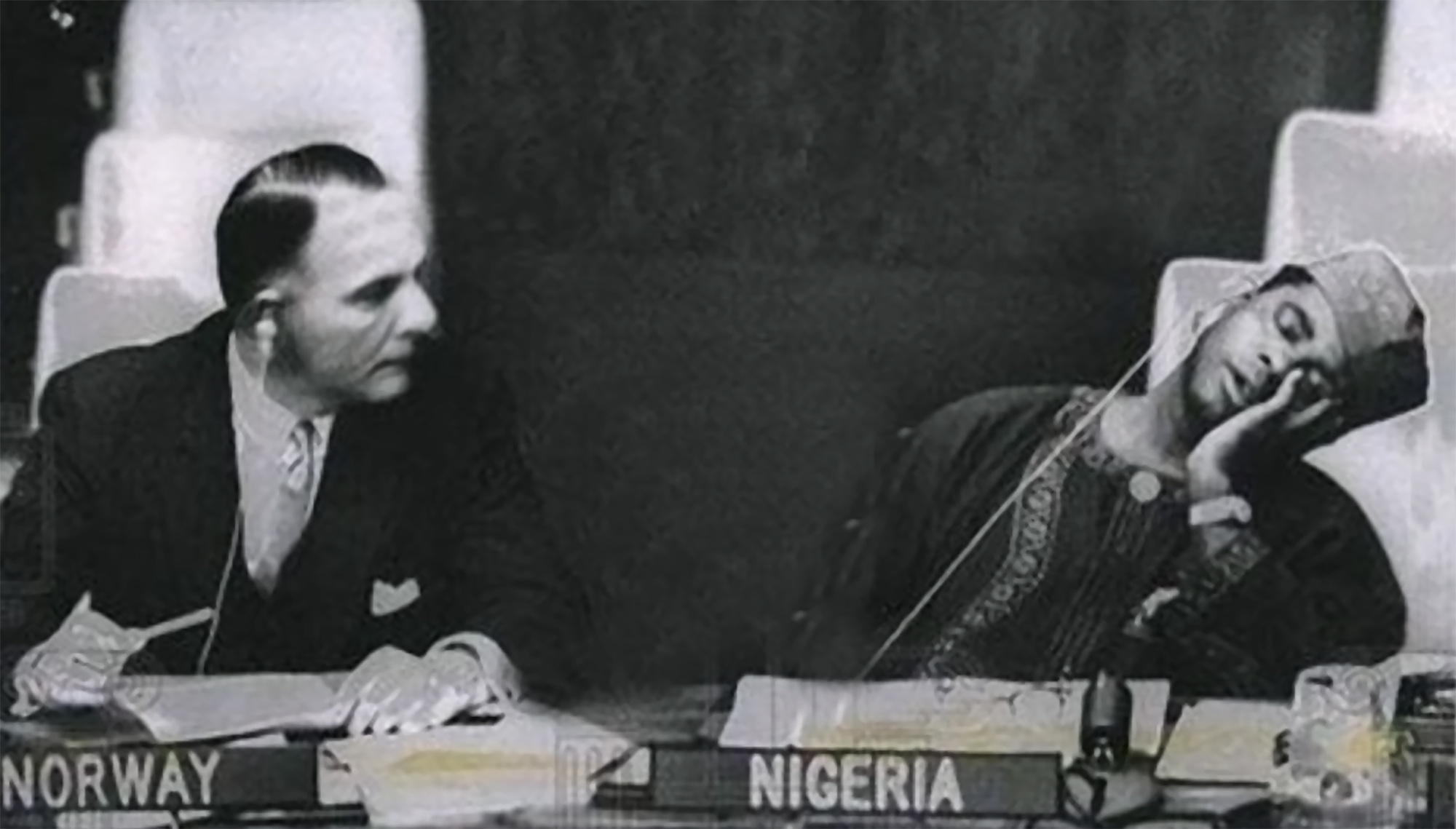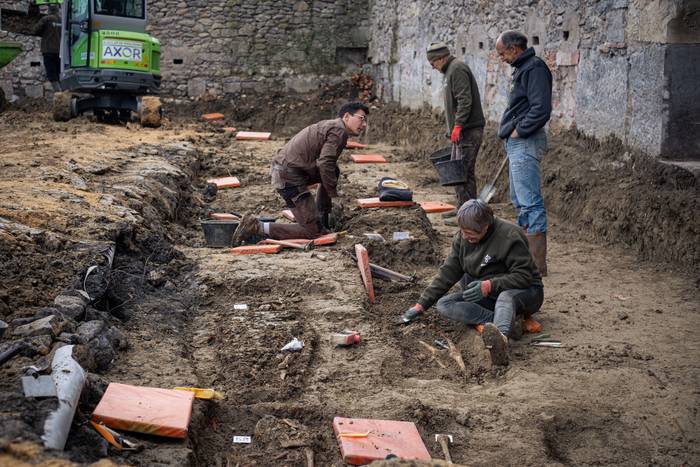Driving on the Napoleon side

Swindon, England, 1998. On the Roman route of Blunsdon Ridge, archaeologists found that the lanes they had left on the road for the passage of cars were much deeper on one side than on the other. As the road led to a quarry and, therefore, the cars headed to the empty place and returned loaded, they concluded that the vehicles circulated on the left.
In ancient times, in Egypt, in Greece and in Rome at least, experts believed that horses and chariots tended to march on the left side of the roads, such as the British historian Cyril Northcote Parkinson (1909-1993).
As most of the horsemen and carriages were right-handed, they held the reins with their left hand and left the hand more open, if necessary, to use the sword. Car drivers also carried the whip or whip to the right, and driving on the left prevented involuntary bumps on the scooter's passersby.
In 1300, Bonifazio VIII.ak first established a traffic decree to solve the problems of the San Angelo bridge of access to the Basilica of San Pedro. At that point in the City of Rome, from there, he had to turn right.
But there were no fixed rules in Europe. In France before the revolution, for example, according to the classes, they were on one side or the other: the habit of going on the right was quite widespread, but nobility preferred to go on the left. In 1792 the revolutionary government approved the decree of driving on the right, but the Napoleon Army managed to bring this rule into force not only in France, but also in the conquered territories, such as the Netherlands, Poland, Switzerland and Spain.
Some say it was a whim of Bonaparte or a mastery gesture of the French army. Others were of the opinion that, at that time, the movement of troops was very frequent and that many times they were on the roads, going to the right and bringing weapons to the open helped to avoid internal dissensions. That is why leadership has been maintained on the left of the islands, such as the United Kingdom, Japan or Australia, where the troops usually moved by sea.
In the era of colonization, the differences were regulated by colonizers, and in the first half of the twentieth century normative unification and, therefore, the habit of driving on the right was generalized.
Today, in most countries you have to drive on the right, but it does not seem that the "left-wing" countries are going to change sides, although in 1967 the Swedes demonstrated that it can be done without major problems.
Copenhagen, 18 December 1974 At 12 noon a ferry arrived at the port, from where a group of about 100 Santa Claus landed. They brought a gigantic geese with them. The idea was to make a kind of “Trojan Goose” and, upon reaching the city, to pull the white beard costumes... [+]
Tennessee (United States), 1820. The slave Nathan Green is born, known as Nearest Uncle or Nearest Uncle. We do not know exactly when he was born and, in general, we have very little data about him until 1863, when he achieved emancipation. We know that in the late 1850s Dan... [+]
The Centre Tricontinental has described the historical resistance of the Congolese in the dossier The Congolese Fight for Their Own Wealth (the Congolese people struggle for their wealth) (July 2024, No. 77). During the colonialism, the panic among the peasants by the Force... [+]
New York, 1960. At a UN meeting, Nigeria’s Foreign Minister and UN ambassador Jaja Wachucu slept. Nigeria had just achieved independence on 1 October. Therefore, Wachuku became the first UN representative in Nigeria and had just taken office.
In contradiction to the... [+]
Today, 50 years ago, the labor movement of the Basque Country wrote a very important chapter in its history. In Hegoalde, some 200,000 workers went on a general strike in protest against the Franco regime, which lasted two months. This mobilization made it clear that the... [+]
Researchers at Johns Hopkins University have discovered several cylinders with inscriptions at the present Syrian Reservoir, the Tell Umm-el Marra. Experts believe that the signs written in these pieces of clay can be alphabetical.
In the 15th century a. The cylinders have... [+]
Pamplona, 1939. At the beginning of the year, the bullring in the city was used as a concentration camp by the Francoists. It was officially capable of 3,000 prisoners of war, at a time when there was no front in Navarre, so those locked up there should be regarded as prisoners... [+]



















